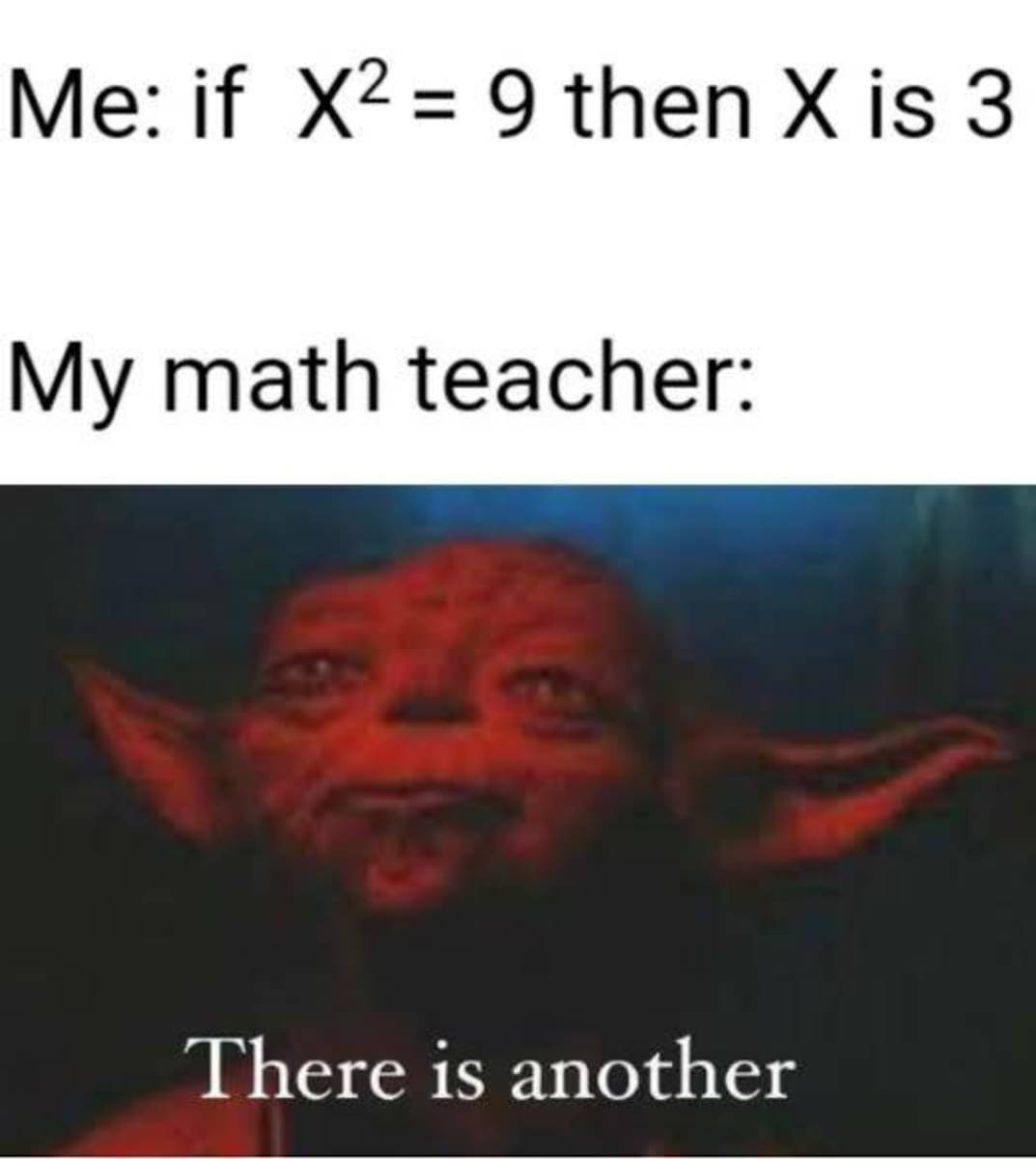this post was submitted on 17 Apr 2024
748 points (98.1% liked)
Science Memes
11701 readers
2118 users here now
Welcome to c/science_memes @ Mander.xyz!
A place for majestic STEMLORD peacocking, as well as memes about the realities of working in a lab.

Rules
- Don't throw mud. Behave like an intellectual and remember the human.
- Keep it rooted (on topic).
- No spam.
- Infographics welcome, get schooled.
This is a science community. We use the Dawkins definition of meme.
Research Committee
Other Mander Communities
Science and Research
Biology and Life Sciences
- [email protected]
- [email protected]
- [email protected]
- [email protected]
- [email protected]
- [email protected]
- [email protected]
- [email protected]
- [email protected]
- [email protected]
- [email protected]
- [email protected]
- [email protected]
- [email protected]
- [email protected]
- [email protected]
- [email protected]
- [email protected]
- [email protected]
- [email protected]
- [email protected]
- [email protected]
- [email protected]
- [email protected]
- !reptiles and [email protected]
Physical Sciences
- [email protected]
- [email protected]
- [email protected]
- [email protected]
- [email protected]
- [email protected]
- [email protected]
- [email protected]
- [email protected]
Humanities and Social Sciences
Practical and Applied Sciences
- !exercise-and [email protected]
- [email protected]
- !self [email protected]
- [email protected]
- [email protected]
- [email protected]
Memes
Miscellaneous
founded 2 years ago
MODERATORS
you are viewing a single comment's thread
view the rest of the comments
view the rest of the comments

I thought this would be related to quaternions, octonions etc. but no, it's multivectors and wedge products. Very neat, I didn't know you could use them like that.
Oh no, you were right on the money. In G^2^ you have two basis vectors
e1ande2. The geometric product of vectors specifically is equivalent touv = u dot v + u wedge v.. the dot returns a scalar, the wedge returns a bivector. When you have two vectors be orthonormal like the basis vectors, thedotgoes to 0 and you are just left withu wedge v. Soe1e2returns a bivector with norm 1, its the only basis bivector for G^2^.e1e2^2 = (e1e2)*(e1e2) = e1e2e1e2A nice thing about the geometric product is its associative so you can rewrite as
e1*(e2e1)*e2.. again that middle product is still just a wedge but the wedge product is anti commutative soe2e1 = -e1e2. Meaning you can rewrite the above ase1*(-e1e2)*e2 = -(e1e1)*(e2e2) = -(e1 dot e1)*(e2 dot e2) = -(1)*(1) = -1.. Thuse1e2squares to -1 and is the same asi. And now you can think of the geometric product of two vectors asuv = u dot v + u wedge v = a + biwhich is just a complex number.In G^3^ you can do the same but now you have 3 basis vectors to work with,
e1, e2, e3. Meaning you can construct 3 new basis bivectorse1e2, e2e3, e3e1. You can flip them to bee2e1, e3e2, e1e3without any issues its just convention and then its the same as quaternions. They all square to -1 ande2e1*e3e2*e1e3 = -e2e1e2e3e1e3 = e2e1e2e1e3e3 = e2e1e2e1 = -1which is the same as i,j,k of quaternions. So just like in G^2^ the bivectors + scalars form C you get the quaternions in G^3^. Both of them are just bivectors and they work the same way. Octonions and beyond can be made in higher dimensions. Geometric algebra is truly some cool shit.